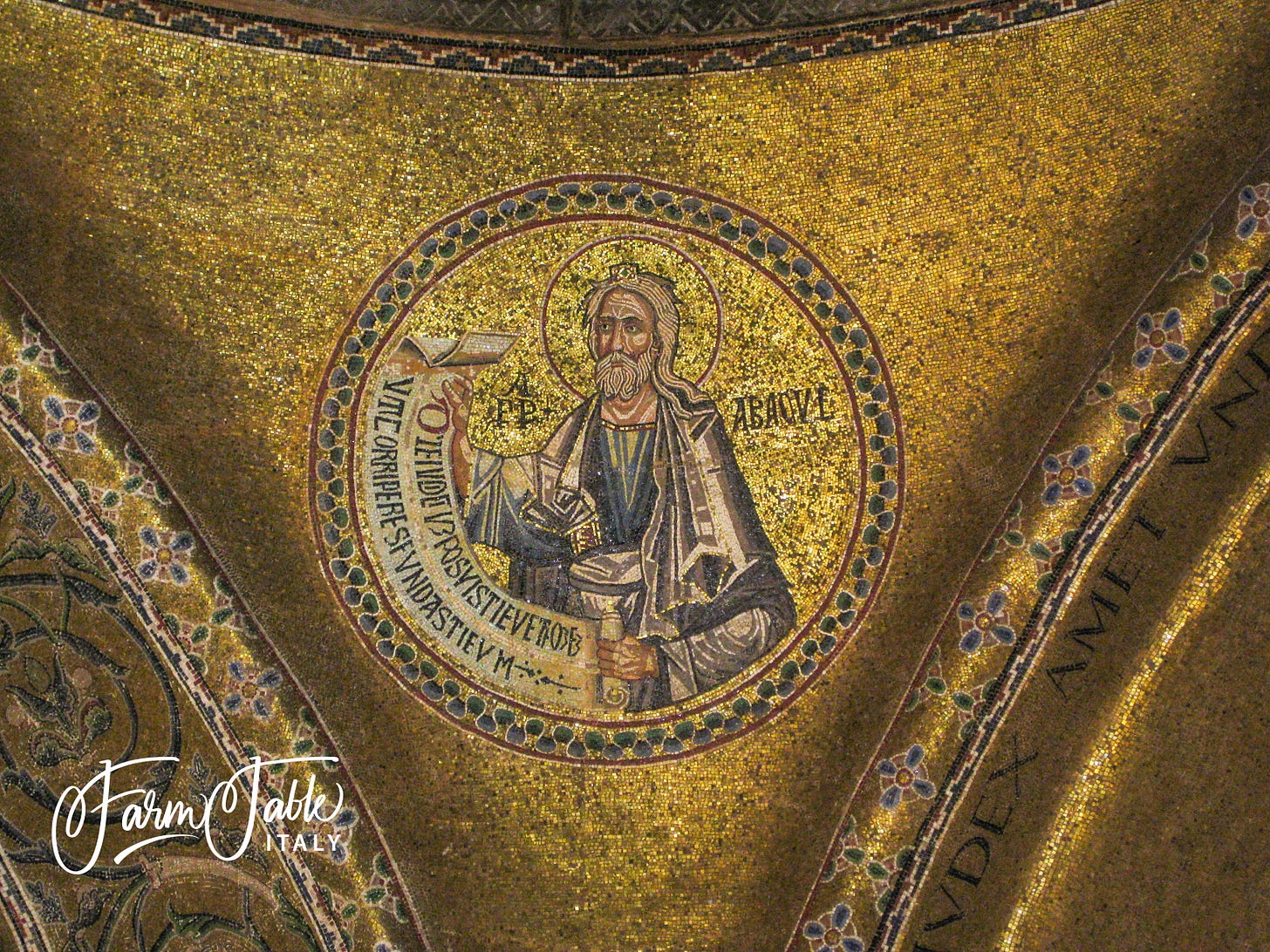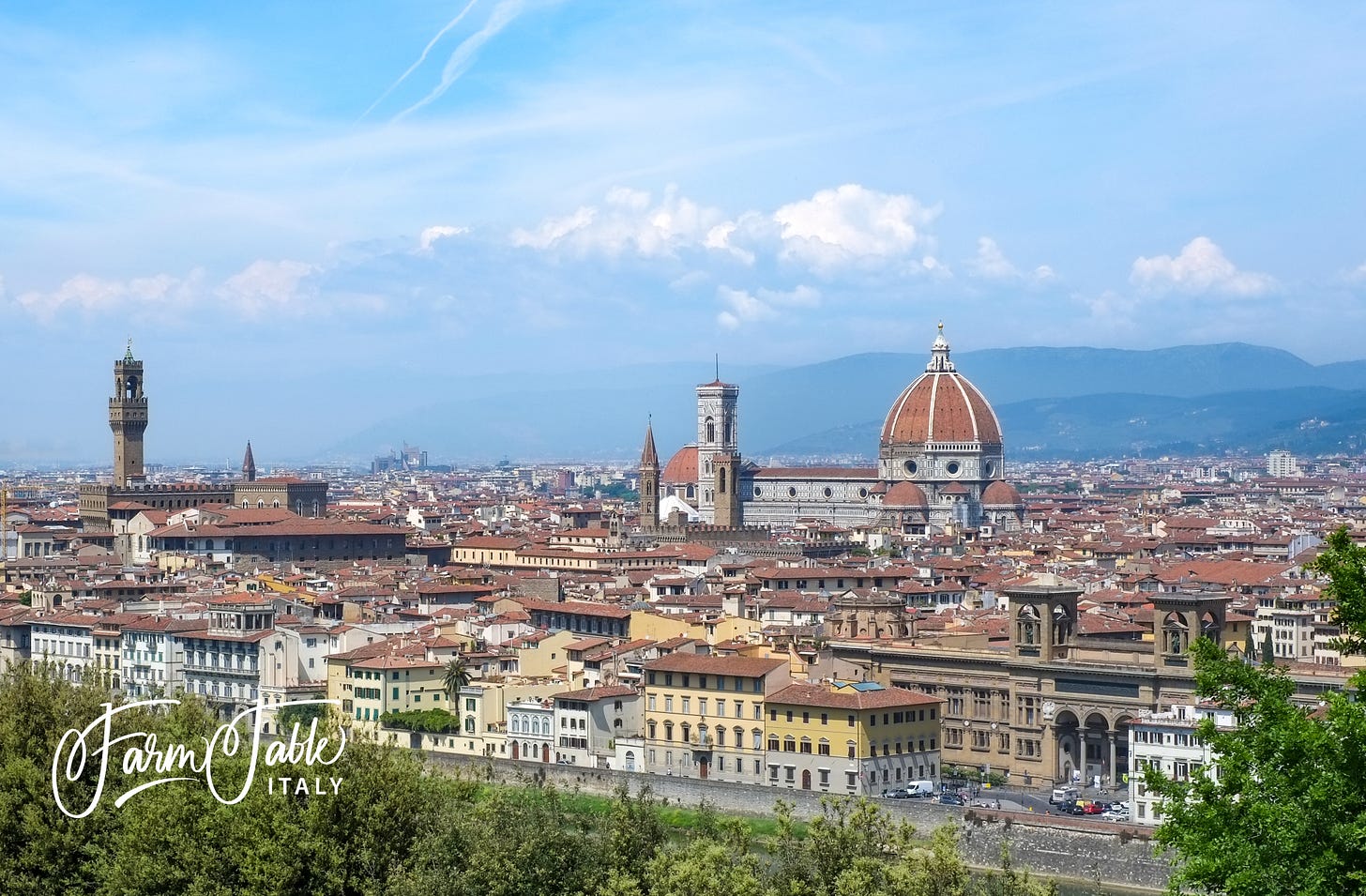Mother Cuisine - Part II
Marco Polo, Venice & the Renaissance
Part II of this series is a bridge between ancient history in Italy and our modern understandings of Italian cuisine with a quick drive through the Renaissance.
The next popular figure to play a role in the development of Italian cuisine was a Venetian. In popular reckoning, Marco Polo's legendary travels East to Asia introduced pasta to the West, but the food historian & writer Waverley Root notes that 13th century Italians were already eating pasta. Polo's epic 25 year travels took him across the Eurasian trade route known as the Silk Road to the court of Kublai Khan, the borders of modern China, and beyond. His return from the East in 1295 marks the earliest beginnings of what will develop into the Italian Renaissance in Italy. Venice, thanks to its strategic location and deep ties with the Byzantine Eastern Roman Empire, had become a primary hub of trade routes across the Mediterranean and the East to Asia.
Venice’s strength and importance grew throughout the late Middle Ages into the early Renaissance until the fall of Constantinople in 1453. Even after, Venice held great influence in the world of trade and commerce and many foods from the East and the New World were introduced to Europe via the Venetian Republic, including coffee, tomatoes, corn, chocolate, and potatoes. The "mother cuisine" took many of them as its own and integrated them with an already long culinary history to shape the table of Europe. Bartolomeo Platina, an Italian Renaissance humanist writer and gastronomist, is the author of what is considered to be the first printed cookbook. "De Honesta Volupate et Valetudine" ("Concerning Honest Pleasure and Well-being") was published in 1475 in Venice & Rome. In the 16th Century, the Campagnia del Paiolo, the first modern cooking school, opened in Florence.
Renaissance thinking, specifically a return to classical ideas and humanist expression, extended to food … and meals became more complete and cohesive experiences. Meals were developing distinct and separate elements and were becoming more complex both in terms of ingredients and preparation. What's more, "cuisine" was not solely the province of the wealthy; increasingly, more ordinary people were eating food that was well-prepared and with more consideration given than merely to sustenance. Importantly, the first commercial pasta manufacturing began in Naples during the Renaissance helping to establish pasta as a staple in the Italian diet.
It is important to note that Italy, as a unified country, is only 160 years old. The history of the peninsula from the fall of Rome to the Renaissance to its unification is one of unique & highly fragmented geographical, cultural, and culinary regions. If the fractured nature of the Italian identity has had one benefit, it must be the wonderfully competitive diversity of cuisine that it helped create. One cannot really understand the full scope of Italian food without understanding the unique nature of these geographic regions. We will delve into those regions in Part III.




